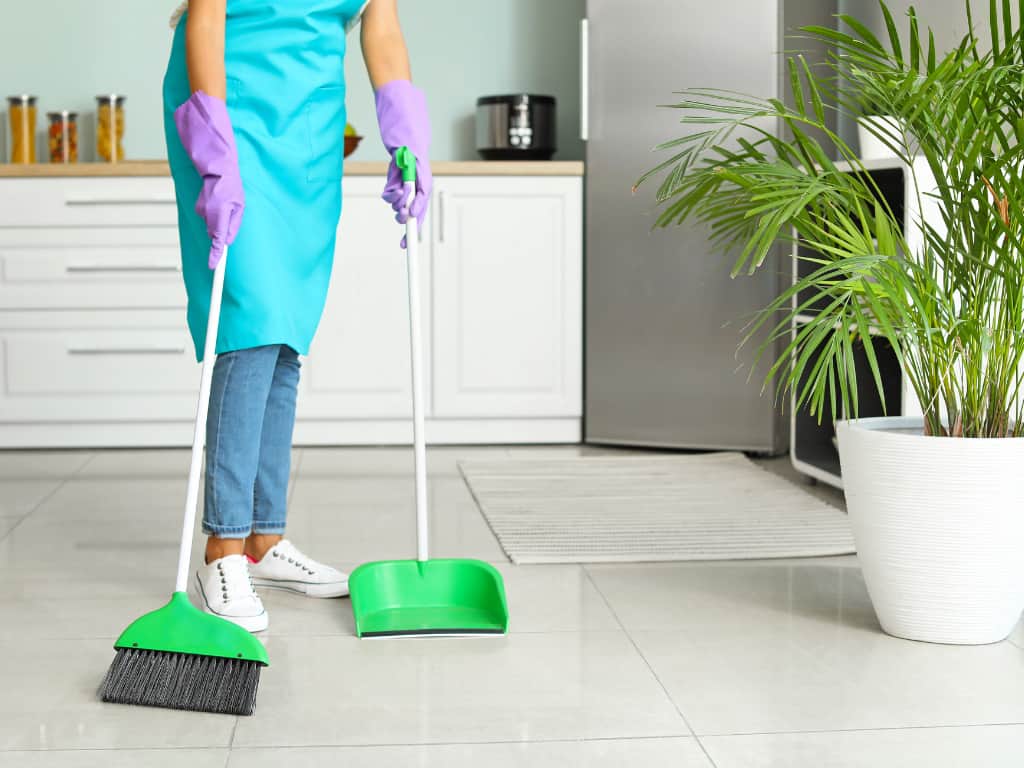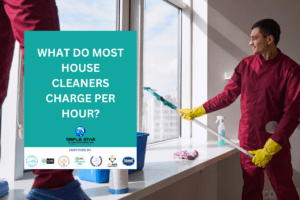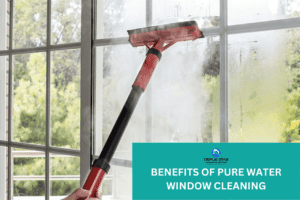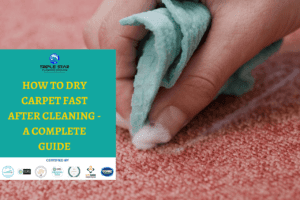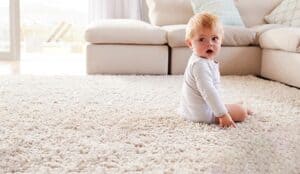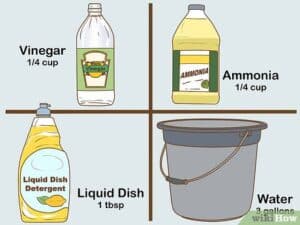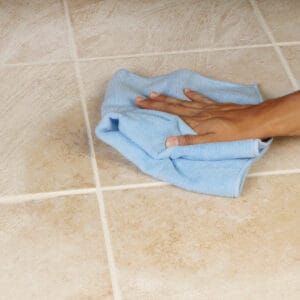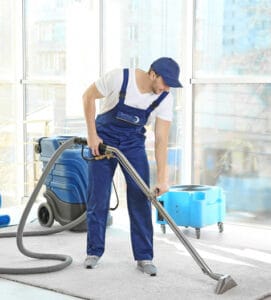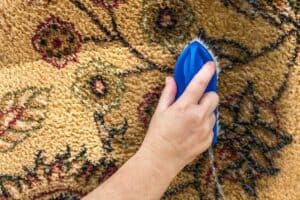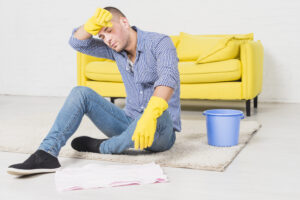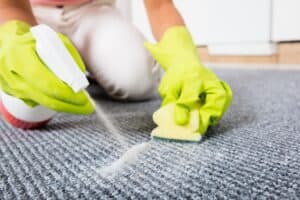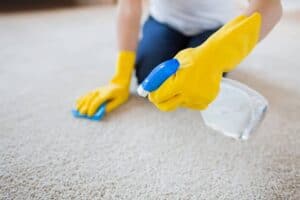Living with allergies can be challenging, especially when keeping your home clean and allergen-free. Allergens like dust, pollen, and pet dander can trigger allergy symptoms like sneezing, runny nose, and itchy eyes. However, following some simple house cleaning tips, you can reduce exposure to allergens and breathe easier in your home.
In this article, we will provide you with tips and tricks for keeping your home clean and allergy-free. From using natural cleaners to washing your hands frequently, we’ll cover everything you need to know to maintain a clean and healthy home.
So, whether you suffer from seasonal allergies or have year-round sensitivities, read on to discover how to create a more allergen-free environment in your home.
Table of Contents
ToggleUnderstanding What Are Allergens?
Before we dive into the tips, it’s essential to understand what causes allergies. Allergens are substances that trigger an allergic reaction in some people. Common allergens include pollen, dust mites, pet dander, mold, and insect droppings.
Allergies can cause various symptoms, including sneezing, runny nose, itchy eyes, and coughing. In severe cases, allergies can lead to asthma attacks or anaphylaxis, a life-threatening reaction.
18 Best House Cleaning Tips for The Person With Severe Allergy Problem
To reduce your exposure to allergens, it’s important to keep your home clean and free of these substances as much as possible. Here are some tips on how to do that:
1. Vacuum Regularly
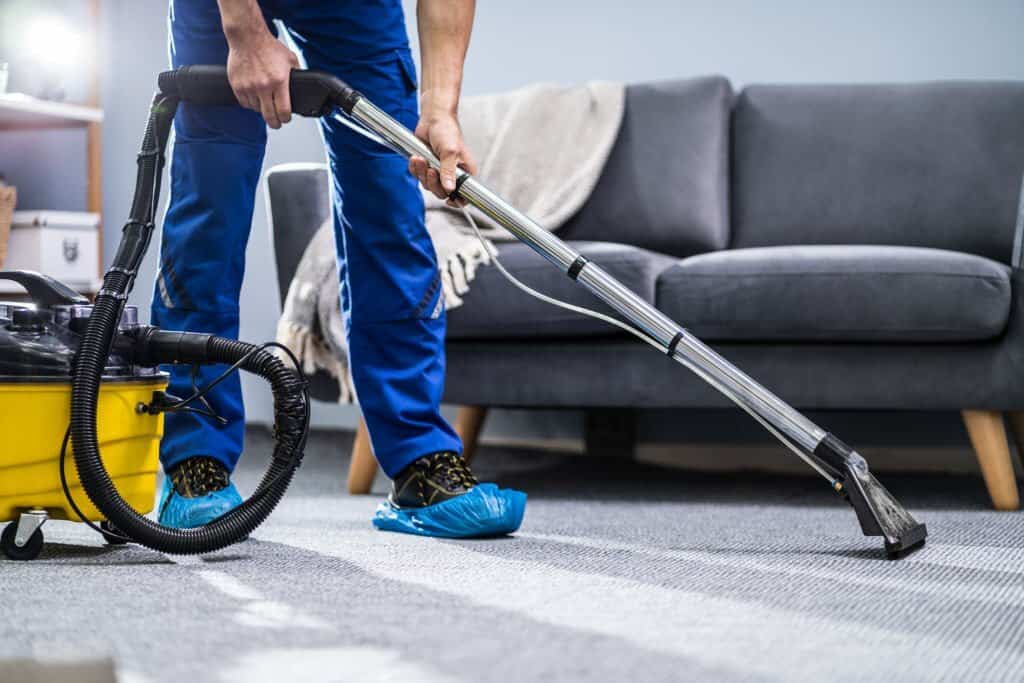
Vacuuming is one of the most effective ways to remove carpets, rugs, and upholstery allergens. Make sure you use a vacuum cleaner with a HEPA filter, which can trap small particles like pet dander, pollen, and dust mites. Vacuum at least once a week and more often if you have pets or live in a dusty area.
When vacuuming, pay extra attention to high-traffic areas and areas where your pets like to spend time. Use a crevice tool to clean along baseboards, under furniture, and in tight spaces. Don’t forget to vacuum upholstered furniture, curtains, and blinds, as these can also harbor allergens.
2. Dust Frequently
Dust is a common allergen that can accumulate quickly in your home. To minimize dust, dust surfaces regularly using a damp or microfiber cloth. Avoid using feather dusters or dry cloths, which can stir up dust and make it worse.
When dusting, start from the top and work your way down. This way, you’ll avoid knocking dust onto surfaces you’ve already cleaned. Make sure you dust all surfaces, including shelves, tables, picture frames, and light fixtures. Don’t forget to dust ceiling fans and air vents, which can collect dust and spread allergens.
3. Wash Bedding Weekly
Bedding can harbor dust mites, pet dander, and other allergens. To reduce exposure to these allergens, wash your sheets, pillowcases, and blankets in hot water at least once a week. Hot water can kill dust mites and remove allergens from your bedding.
Use a fragrance-free laundry detergent to avoid irritating your skin or respiratory system. If you have a severe dust mite allergy, consider using allergen-proof covers on your pillows, mattress, and box spring.
To reduce your exposure to dust mites and other allergens, it’s essential to wash your bedding at least once a week in hot water. Hot water can kill dust mites and remove allergens from your bedding. Use a hot water cycle and a fragrance-free laundry detergent to avoid irritating your skin or respiratory system.
4. Sweep Floors
Sweeping floors is essential to keeping your home clean and reducing exposure to indoor allergens. However, traditional brooms can often stir up dust and other allergens, exacerbating allergy symptoms. That’s why it’s essential to use a damp mop or microfiber mop when sweeping hard floors.
According to a study published in the Journal of Environmental Health, using a microfiber mop to clean hard floors can significantly reduce airborne dust and allergens in the home. Microfiber mops are designed to trap and hold onto dust and other particles rather than scattering them into the air like traditional brooms.
Using a damp mop can also effectively reduce the dust and allergens in your home. When you sweep with a damp mop, the moisture helps to capture and hold onto dust and other particles, preventing them from becoming airborne.
Sweeping floors with a damp mop or microfiber mop can help reduce exposure to indoor allergens and improve indoor air quality. By following these tips, you can keep your home clean and allergy-free.
5. Keep Humidity Low
Mold and dust mites thrive in moist environments. Keep your home’s humidity level between 30 and 50 percent to discourage their growth. You can use a hygrometer to measure the humidity level in your home.
If your home is too humid, use a dehumidifier in damp areas like the basement, bathroom, or laundry. Make sure you empty the water reservoir regularly to prevent mold growth. Fix any leaks or water damage promptly to prevent mold growth.
Keeping the humidity level in your home low can help reduce the growth of mold and dust mites, which are common allergens. Using a hygrometer to measure the humidity level, using a dehumidifier in damp areas, and taking steps to reduce moisture in your home can help prevent allergic reactions and improve indoor air quality.
6. Use Natural Cleaners
Many commercial cleaning products contain harsh chemicals that can irritate your skin and respiratory system. Instead, use natural cleaners like vinegar, baking soda, and lemon juice. These effective, non-toxic alternatives can clean and disinfect your home without harming your health.
For example, you can use vinegar and water to clean windows, floors, and countertops. Baking soda is great for removing stains and odors from carpets and upholstery. Lemon juice can clean and disinfect cutting boards and kitchen surfaces.
7. Remove Clutter
Clutter can collect dust and make it difficult to clean your home thoroughly. Get rid of items you don’t need or use regularly. Store items in closed containers or drawers to keep them free of dust and other allergens.
To reduce the amount of clutter in your home, start by getting rid of items you don’t need or use regularly. Donate or sell items in good condition and throw away items that are broken or no longer usable. Be ruthless in your decluttering efforts, and avoid keeping items “just in case” you might need them someday.
Don’t create new hiding places for dust and allergens when organizing your home. For example, avoid using decorative baskets or open shelves that can collect dust. Instead, use closed storage solutions like cabinets and drawers.
8. Change Air Filters Regularly
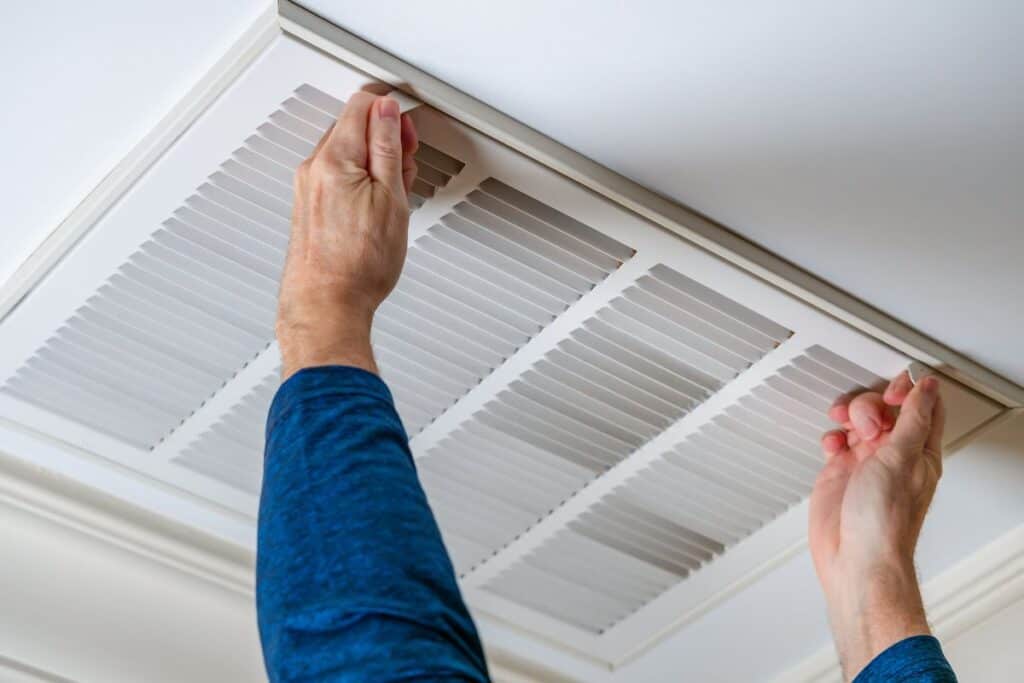
Air filters can trap allergens like dust, pollen, and pet dander, but they must be changed regularly to be effective. Check your air filters once a month and replace them as needed. This is especially important if you have pets live in with you.
According to the American Lung Association, changing your air filters regularly can help reduce indoor air pollution, which can worsen allergy symptoms and other respiratory conditions. The frequency at which you need to change your air filters depends on several factors, such as the type of filter you use, the number of pets in your home, and the presence of smokers.
Generally, most air filters should be changed every three months. However, if you have pets or smoker, you may need to change your air filters more frequently. The National Institute of Environmental Health Sciences recommends changing your air filters every two months if you have pets and every month if you have multiple pets.
Changing your air filters regularly can help improve indoor air quality and reduce allergy symptoms. By checking your air filters once a month and replacing them as needed, you can help ensure that your air filters work effectively to capture allergens and other pollutants.
9. Keep Pets Clean
Pets can bring allergens into your home, including pet dander, saliva, and urine. To reduce exposure to these allergens, bathe your pets regularly using a hypoallergenic shampoo. Brush your pets outdoors to prevent loose fur and dander from getting inside your home.
If you’re allergic to pets, consider keeping them out of certain areas of your home, like your bedroom or living room. You can also use air purifiers with HEPA filters to remove pet allergens from the air. And need to clean the carpet regularly since the pets’ hair accumulates.
10. Clean Air Ducts
Air ducts can accumulate dust, pollen, pet dander, and other allergens over time. This can negatively impact indoor air quality and trigger allergies and asthma symptoms. According to the National Air Duct Cleaners Association, cleaning your air ducts every three to five years can help improve indoor air quality and HVAC system performance.
A study published in the Journal of Occupational and Environmental Medicine found that cleaning air ducts can significantly reduce airborne dust levels, reducing symptoms of allergies and asthma.
However, it’s important to note that air duct cleaning should be done by a trained professional using specialized equipment. Improper cleaning methods can cause more harm than good by dislodging dust and allergens and spreading them throughout the home.
When choosing an air duct cleaning service, choose a reputable company that follows industry standards and guidelines.
11. Clean Refrigerator Coils
The coils at the back of your refrigerator can collect dust and debris over time, which can cause the appliance to work harder and less efficiently. This can also create an ideal mold growth environment, triggering allergies and asthma symptoms. Regularly cleaning your refrigerator coils can help improve its efficiency and prevent mold growth.
According to the US Department of Energy, cleaning the coils on your refrigerator can help it operate more efficiently and save you up to 6% on your energy bill. In addition, the Centers for Disease Control and Prevention (CDC) recommends cleaning your refrigerator coils as part of a regular cleaning routine to prevent mold growth and improve indoor air quality.
To clean your refrigerator coils, unplug the appliance and gently vacuum the coils with a soft-bristled brush attachment. You can also use a coil cleaning brush specifically designed for this purpose. Ensure also to clean the area around the coils to remove debris.
Regularly cleaning your refrigerator coils can help improve the appliance’s efficiency and prevent mold growth. This can help reduce allergens in your home and improve indoor air quality.
12. Use Allergen-Proof Covers
Allergen-proof covers can help protect your bedding and furniture from dust mites, pet dander, and other allergens. These covers are made from a tightly woven fabric that prevents allergens from passing through.
Use allergen-proof covers on your pillows, mattress, and box spring to reduce exposure to dust mites. You can also use them on your upholstered furniture to protect against pet dander.
13. Clean Your Bathroom Regularly
Mold and mildew can thrive in damp areas like the bathroom. To prevent mold growth, clean your bathroom regularly using a mildew-resistant cleaner. Use a squeegee to remove excess water from the shower and tub after each use.
Make sure your bathroom is well-ventilated to reduce humidity. Use an exhaust fan or open a window to let fresh air in. Fix any leaks or water damage promptly to prevent mold growth.
14. Wash Your Hands Frequently
Your hands can pick up allergens like pollen and pet dander, which can then spread throughout your home. To reduce exposure to these allergens, wash your hands frequently with soap and water.
Ensure you wash your hands before eating or preparing food, handling pets, and being outdoors. Use a fragrance-free soap to avoid irritating your skin.
15. Use a High-Efficiency Air Purifier
A high-efficiency air purifier can remove allergens, including pet dander, pollen, and dust mites. Look for an air purifier with a HEPA filter, which can trap small particles as small as 0.3 microns.
Place the air purifier in the room where you spend the most time, such as your bedroom or living room. Make sure you change the filter regularly to maintain its effectiveness.
16. Don’t Smoke Indoors
Smoking indoors can release harmful chemicals into the air, including secondhand smoke and volatile organic compounds (VOCs). These chemicals can trigger allergy symptoms and exacerbate respiratory conditions.
If you smoke, do so outdoors. Make sure you dispose of cigarette butts properly to avoid littering. If you live with a smoker, encourage them to quit or smoke outside.
17. Use Humidifiers Properly
Humidifiers can be a helpful tool in managing allergy symptoms by adding moisture to the air, which can soothe irritated nasal passages and help alleviate dry skin. However, it is essential to use them correctly to avoid worsening allergy symptoms or creating other health problems.
According to the Environmental Protection Agency (EPA), keeping indoor humidity levels between 30 and 50 percent can help reduce the growth of dust mites, mold, and other allergens. Humidity levels higher than 50 percent can promote the growth of these allergens and even cause structural damage to your home.
It is also crucial to clean your humidifier regularly to prevent the growth of bacteria and mold. The American Academy of Allergy, Asthma, and Immunology recommends cleaning your humidifier at least once a week by emptying the water tank, wiping it dry, and then filling it with fresh water.
Using humidifiers properly can help alleviate allergy symptoms and improve indoor air quality. However, cleaning them regularly and keeping humidity levels within the recommended range is crucial to avoid creating other health problems.
18. Hire a Professional Cleaner
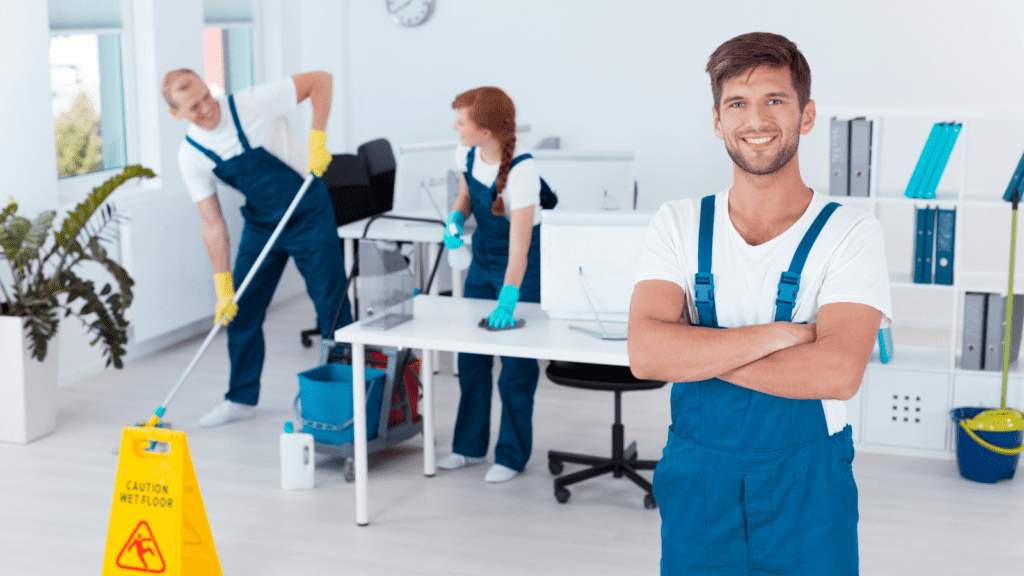
Hiring a professional cleaner can be an excellent option for individuals with severe allergies or those who may not have the time or resources to clean their homes regularly and thoroughly. Professional cleaners are equipped with specialized tools and products to remove stubborn allergens and improve indoor air quality effectively.
According to a study published in the Journal of Allergy and Clinical Immunology: In Practice, professional cleaning can significantly reduce the number of airborne allergens in the home, improving allergy symptoms and quality of life for individuals with allergies. Professional cleaners also have the training and experience to identify and target specific areas of the home that may be harboring allergens, such as carpets, upholstery, and air ducts. This can help to reduce the overall allergen load in the home and prevent allergen exposure.
Conclusion
Keeping your home clean and allergen-free requires effort, but it’s well worth it if you suffer from allergies. Vacuuming regularly, dusting frequently, washing bedding weekly, keeping humidity low, using natural cleaners, and removing clutter are all effective strategies for reducing exposure to allergens.
In addition to these tips, avoiding smoking indoors is important, such as keeping pets off furniture and bedding and replacing air filters regularly. These strategies allow you to breathe easier and enjoy a cleaner, healthier home.

